#VolvoXc90
Self Driving Uber Crashes In Arizona, Company Halts Pilot Program
Uber’s infamously embattled autonomous car division took another hit Saturday after one of its self-driving Volvo XC90 test cars was involved in an accident in Tempe, Arizona. The technology company has since halted the pilot program, parking its self driving fleets in Arizona, Pittsburgh and San Francisco until further notice.
2016 Models: What Vehicles Tanked, or Reached New Heights?
We already know what vehicles Americans love, and most of them are trucks. It’s expected that annual Ford F-Series sales will be astronomical, but will come in just shy of a million units. It’s as boring as it is patriotic and tells us nothing of the future; we already know the United States will keep buying trucks. An underdog tale is always much more interesting. So what are the less popular vehicles we’ve perpetually ignored that are suddenly beginning to worm their way into our hearts?
Bloomberg compiled sales data through this November to see which models posted the biggest swells in demand and which models have been cut the deepest by America’s changing tastes. While it is impossible to say with certainty which are a flash in the pan sensation, a genuine comeback or marketing blunder, the vehicles on this list are all pieces in the puzzle that shows us what the automotive industry should look like in the near future.
Volvo Partners With Uber, Unleashes Self-Driving XC90s in Pittsburgh
Volvo is partnering with ride-hailing service Uber, a $300 million deal expected to spawn a fleet of self-driving vehicles on U.S. roads.
Both companies plan to develop their own autonomous technology using a Volvo “base” vehicle, but Pittsburgh will see a crop of self-driving Swedes by the end of the year, Automotive News reports.
List Of TTAC's 2016 Ten Best Automobiles Today Is Mostly One Big Disagreement With The Marketplace At Large
Over the past few weeks, TTAC instituted a formula by which the Best & Brightest and TTAC’s editors and contributors would choose 2016’s Ten Best Automobiles Today and 2016’s Ten Worst Automobiles Today.
Earlier this week, the winners and losers were revealed. But does the TTAC Best & Brightest agree with the great American consumer? Are TTAC’s picks in keeping with the choices made by millions of new car buyers?
We’re answering those questions by looking at the market performance of each winner and by providing additional insight from a devil’s advocate. Do the winners deserve to be winners?
Mazda MX-5 Miata Is TTAC's 2016 Best Automobile Today (And Here Are the Other Nine Winners)
After three weeks of nominations, votes from our writers, and another round of votes from you, the 2016 Mazda MX-5 Miata is TTAC’s Best Automobile Today.
Is that really a surprise?
Volvo's New XC90 Is Soaring; Other Volvos Are Tanking
We said the new Volvo XC90 would need to sell very well. It is, in fact, selling well. And given the sharp declines Volvo is reporting with every other model, we may have understated the need.
Globally, Volvo reported an all-time record number of sales in calendar year 2015. In the United States, however, even with the second-generation XC90 displaying signs of recovery, Volvo sales in 2015 were half the total achieved by Volvo 11 years earlier.
But in early 2016, Volvo’s big new SUV isn’t simply “displaying signs of recovery.”
Nearly half of all Volvos sold in America in the first-quarter of 2016 were XC90s.
TTAC News Round-up: Clock Ticks at Volkswagen, CEO Switch and Volvo Sees a Chance
The Environmental Protection Agency is pointing at its watch and glaring at Volkswagen.
That, an opening for the Swedes, an electric propulsion prediction, a high-end guy gets a new job, and Tesla gets targeted in Hoosierville … after the break!
Honda Civic, Volvo XC90 Take Home North American COTY, TUOTY Honors
Chart Of The Day: Volvo XC90 Sales Are Way Up, Now Double It
We’re finally beginning to see the impact a new SUV can have in Volvo showrooms.
The second-generation XC90 posted a 209% year-over-year increase to 1,176 U.S. sales in July 2015. That equalled 796 more sales this July than last and the highest monthly total for the XC90 since December 2010.
So is Volvo back? Well, not quite. Not yet.
Because the auto market is so seasonal, year-over-year change is a valid figure to consider, but it’s less useful when the previous year in the year-over-year comparison was the 13th year in the model’s lifespan. XC90 sales in July 2014, for instance, were 88% lower than in July 2004.
2016 Volvo XC90 First Drive (With Video)
Volvo seems to be on the long road to recovery. Although sales have continued to slip in the USA, the numbers were up worldwide last year. In an interesting twist, 2014 was also the first year more Volvos were sold in China than North America. That could be cause-and-effect since Volvo had been more focused on their European-only new compact sedan and wagon. 2016 finally showers some Swedish love on America with a complete redesign of the XC90, the SUV originally designed for us. Because China is now a bigger market than we are, this XC90 isn’t just for us, but for China and the growing number of big crossovers clogging up Europe as well.
U.S. Volvo Sales Situation Getting Uglier As New XC90 Is Readied
We’re still a few months away from seeing the first new XC90s at Volvo dealers in North America and many more months away from discovering whether it can rescue the brand’s fortunes on this side of the Atlantic.
Like an overdue baby who doesn’t want to leave his mother’s womb for this cruel, cold, callous world, the XC90 must be planning to dig in its heels (or wheels?) as stevedores attempt to drive it off Swedish docks onto North America-bound ships. Surely Volvo’s newest three-row crossover can’t be looking forward to joining a family of progressively more disappointing vehicles.
Setting aside the fact that Volvo Canada didn’t sell a single S80 in November 2014 – that’s just plain embarrassing – the U.S. situation last month was especially poor. See, it’s not just the age of the outgoing XC90 that’s been bringing down Volvo sales. The brand’s other models, almost without exception, are selling at a far slower rate this year than last year even as the U.S. auto industry expands at a healthy 5.5% clip.
Volvo Will Only Appear At Three Major Auto Shows
A report in Canada’s The Globe and Mail claims that Volvo is withdrawing from all but three major world auto shows – Detroit, Paris and one unnamed auto show in Asia – as part of a new marketing strategy.
Spy Photos: 2016 Volvo XC90
Volvo hasn’t been particularly discreet about the next XC90. Plenty of spy photos have been taken of the car undergoing winter testing in Scandinavia and hot weather testing out in the American southwest, though I don’t believe that this exact combination of swirly camo wrap and plastic cladding has been seen before. From the Arizona plates on the car it was likely used for desert testing as well. The Volvo engineers testing the mule for radio frequency interference weren’t going out of their way to hide what they were doing either.
Current Volvo XC90 Will Keep Trucking Along
If you like your Volvo XC90, you can keep it – as long as you live in China.
2016 Volvo XC90 Revealed
Photos of the Volvo XC90 have leaked ahead of the car’s official debut next month.






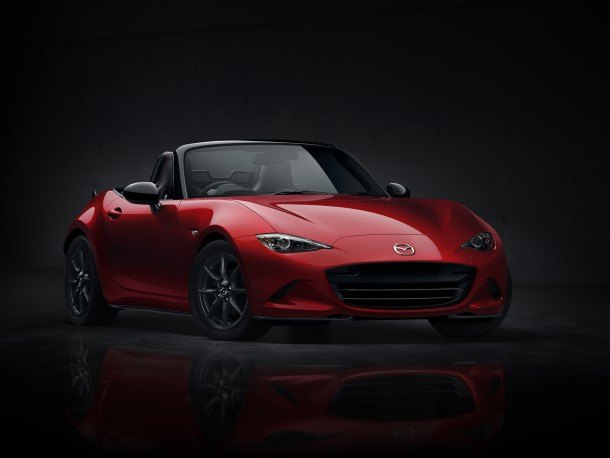
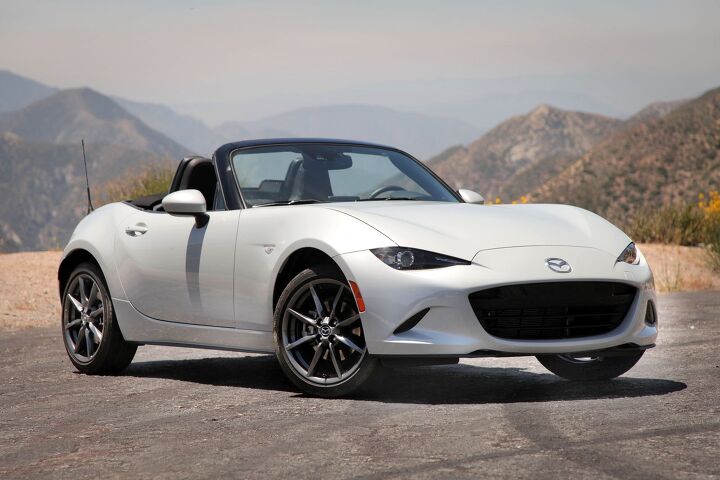






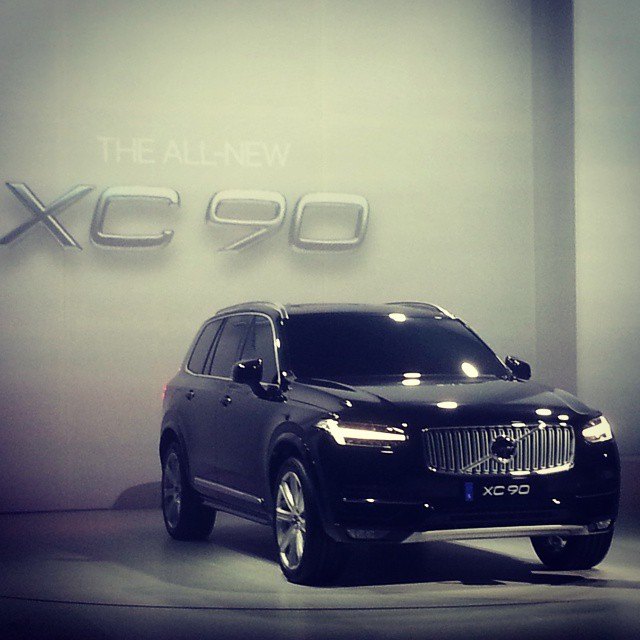

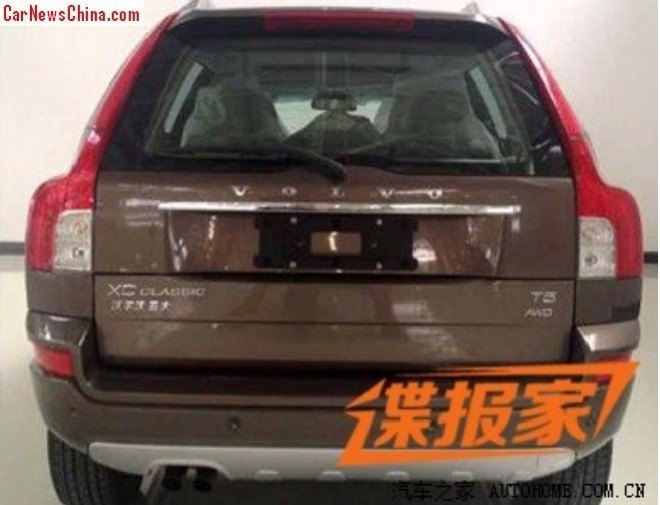
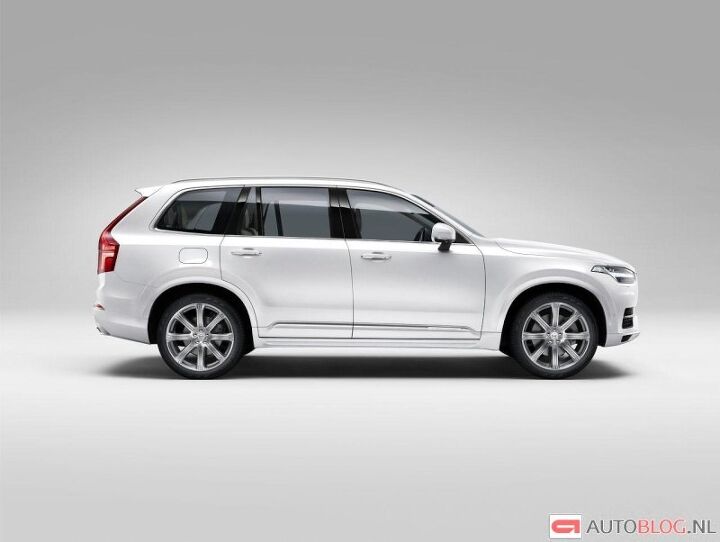












Recent Comments